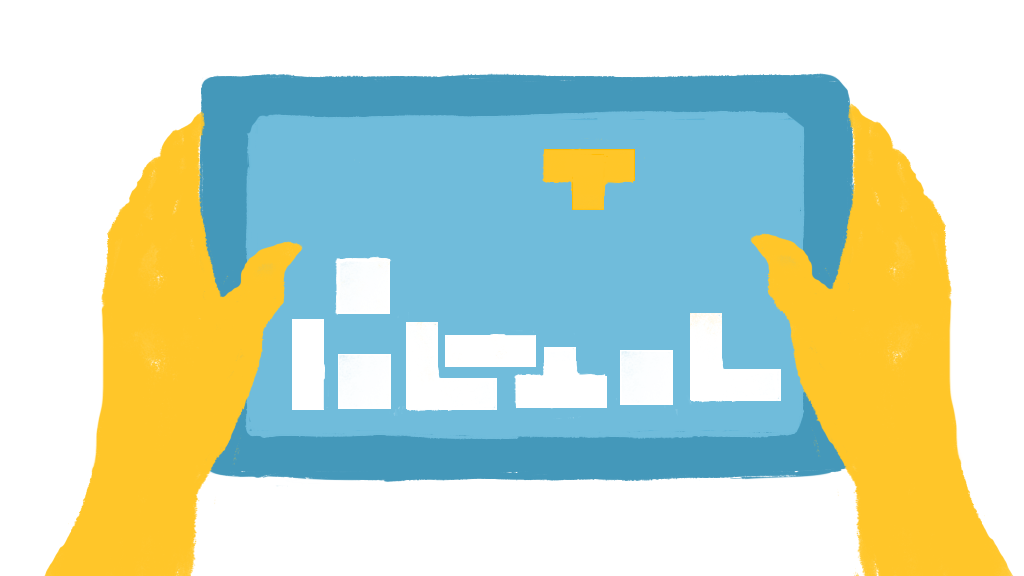Reimagine Learning
Learning Design Best Practices

Realizing the potential of learning design is no simple task. Still, at Second Avenue, we’ve found that there are principles which, if applied, make successful outcomes more likely. Here are some of the most important learning design best practices:
· Know your audience.
Effective learning design keeps the learners themselves in focus at all times. When we know more about them, we can build them a better experience. For example: Why are they there? What are their goals? What do they know coming in? Where are they likely to struggle? What mistakes or misconceptions are likely? Do they need any accommodations to make the experience accessible? Answers to these questions shape the decisions that good learning designers make.
· Engagement is key.
If you ask learners what they didn’t like about their least-favorite learning experiences, one of their top complaints will be some version of “it was boring.” And let’s face it, they often have a point. Too often, learning is designed with indifference to student interest, and some are suspicious of any attempt to reach out to learners and find them where they are. At Second Avenue, we have found that engagement and academic rigor are not competing goals. If anything, once students are engaged, they can go places they never thought they could.
· Stay relevant.
Learners should know why they are there, and the reason should motivate them, either by speaking to their world and their interests or by introducing them to new possibilities that spark their instinct to explore. Too often, learning is designed under the compliance model: do it or else. This is a terrible approach for many reasons, not least of which is that it puts learners in opposition to learning itself. Instead, learning designers need to earn positive, collaborative relationships with learners, recognizing that a positive relationship with learning is sometimes just as important as the lessons at hand.
· Connect learning experiences with learning objectives
Learning design depends on learning objectives, because it helps to know where you want to go before you start your journey. With objectives in place, learning designers determine which techniques, activities, and content assets would be most effective in achieving those goals. Those choices are crucial, as mismatches between objectives and activities will guarantee failure. If you want to get better at writing, you need to write. Collaboration skills require interactions with other people. Choosing the right tools is always an important step towards success.
· Technology should serve learning goals, and not the other way around.
Technology holds great promise in learning and elsewhere, but it is not a goal in and of itself. Learning technology can help make learning more efficient and accessible. It can turn flat, passive lectures into engaging and active experiences. It allows us to personalize learning experiences in order to serve the needs of individuals. It can provide data that enables meaningful analysis of usage, satisfaction, and even efficacy. Even so, we must remember that technology should serve people, and not the reverse. So
when we create technology, we have to know why we’re doing it and how it helps us do things that we otherwise couldn’t. We build things because we should, and not because we can.
· Be time-efficient and time-realistic.
Every moment the learners spend with us is a choice, and we have to justify that choice with the experiences we provide. We have to be realistic with our time demands, and the learners need to see the benefits of the time they invest with us.
· Use data to create a virtuous cycle
Measurement is a valuable tool when it provides insights about what has happened and what should be done to make things even better. Assessments should always be fair, meaningful, and clear. But they don’t always have to be traditional question types. We can also learn from patterns of usage, the kinds of decisions learners make, and their opinions of the experience. Measurement is more than an “add-on” to a learning experience. It helps us turn linear development paths into cycles that keep improving.
· Of course, there’s much more that goes into successful learning experiences, but thoughtful learning design is a great start.
Categories
- Accessibility (5)
- Blog (47)
- E-Learning and Serious Games (16)
- Election Edge (3)
- Guest Blogger (1)
- Learning Design (11)
- News (6)
- Primary Sources (4)
- Remote Learning (3)
- Second Avenue Voices (13)
- Teacher Tools (10)
- Technology (4)
- Uncategorized (9)
- Webinar (11)

